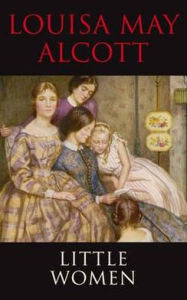Using inanimate objects as characters can add a powerful, interesting element to your story. I cried when Wilson, a volleyball, floated away in Cast Away. I shuddered when Gandalf in The Lord of the Rings read the engraving that said, “One ring to rule them all, one ring to find them, one ring to bring them all and in the darkness bind them.”
The Darjeeling Limited is a movie about three estranged brothers in crisis who travel to India to find their neglectful mother. Their journey takes place on a train … until it doesn’t. Then they experience the real India while dragging an enormous mountain of cumbersome luggage, a powerful symbol for their own personal, heavy, and real emotional baggage. At the end—spoiler ahead—they exuberantly toss the luggage away and feel freedom in letting go of the negative experiences from their past.
During the entire movie, I felt the weight of their emotional baggage through the use of the luggage as an inanimate, passive witness of their lives. I experienced with the trio how burdensome and exhausting hauling our past around with us can be. I loved the metaphor and how the writers used the luggage as a character in its own right.

The literary term for this device is called personification. The giving of physical or human characteristics to inanimate objects, yet the reader understands it does not actually possess them. This is different from anthropomorphism when characters, like animals or insects, actually take on the characteristics of a human, such as human speech, like in Charlotte’s Web.
Authors have brought to life diaries, traveling pants, and wedding dresses with great success. In my first novel, my protagonist has an amulet on her arm that keeps her tethered to the false gods of Ancient Egypt. Like the brothers who discard luggage as a symbol of shedding their emotional baggage, when my character rids herself of the weighty shackle, her spiritual eyes open to the one true God.
A writer does a good job with this technique when the reader makes some kind of connection with the inanimate object. Either they begin to feel sympathy (Wilson) or relief (the luggage) but there is an emotive response when its fate is revealed. They care … one way or the other.
But remember, inanimate objects have (or lack) actual capabilities. Make sure your use of the object is believable. The luggage, for example, can’t wave, cry, or hold on to anything. It is a place for your living character to transfer feelings and become a symbol of their inner conflict.
Have you used the personification technique before? Please share how you did it.
Blessings,
KD Holmberg

K. D. Holmberg is an author, blogger, and freelance writer. She is a member of ACFW, Word Weavers International, and a founding member of the Jerry Jenkins Writers Guild. She is represented by Hartline Literary Agency. A retired flight attendant, she has traveled and lived all over the globe. She and her husband, Keith, love to golf and live in South Carolina. You can find more about her: Facebook @authorkdholmberg, twitter @kdeniseholmberg, and website kdholmberg.com





No Comments